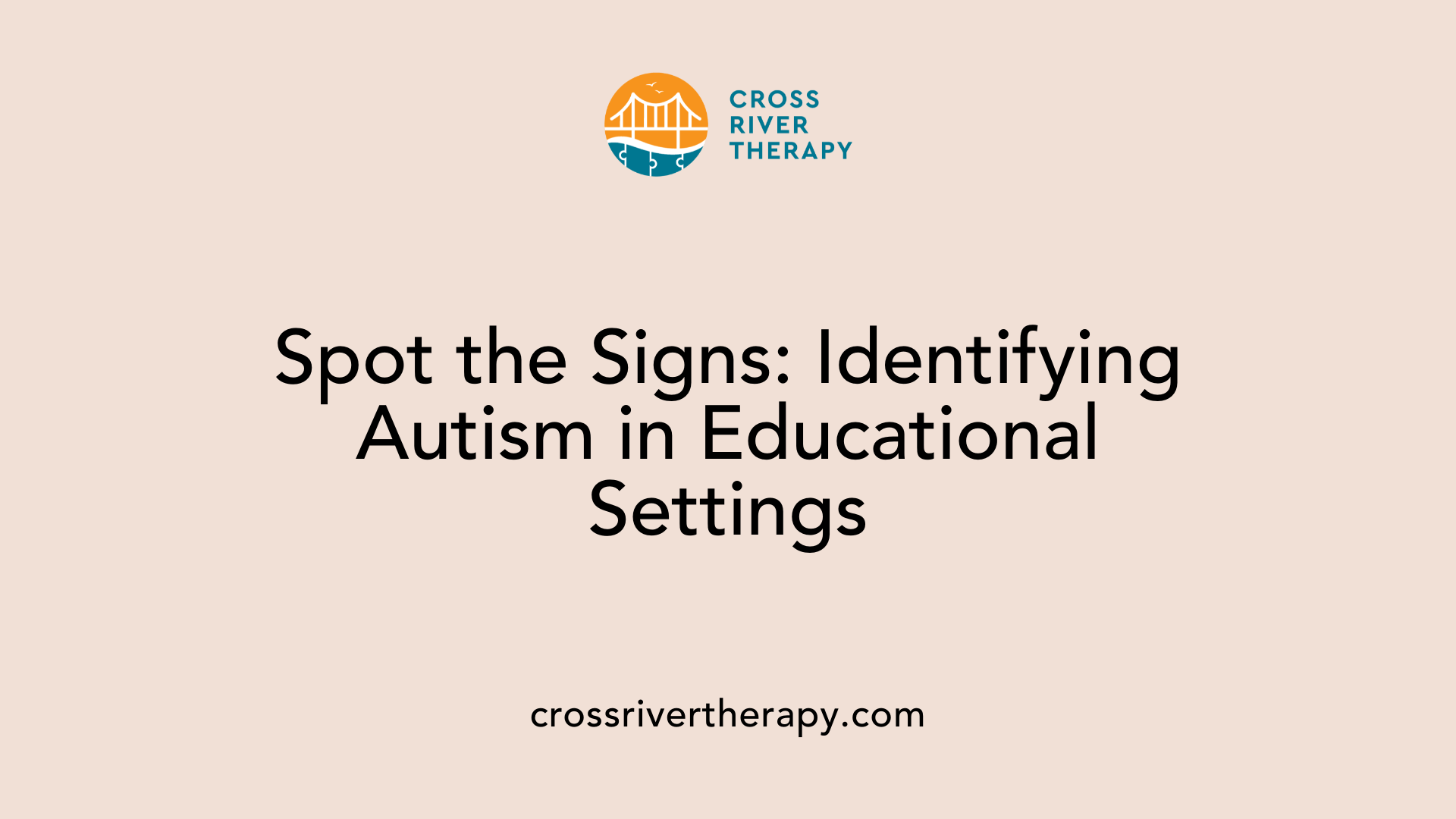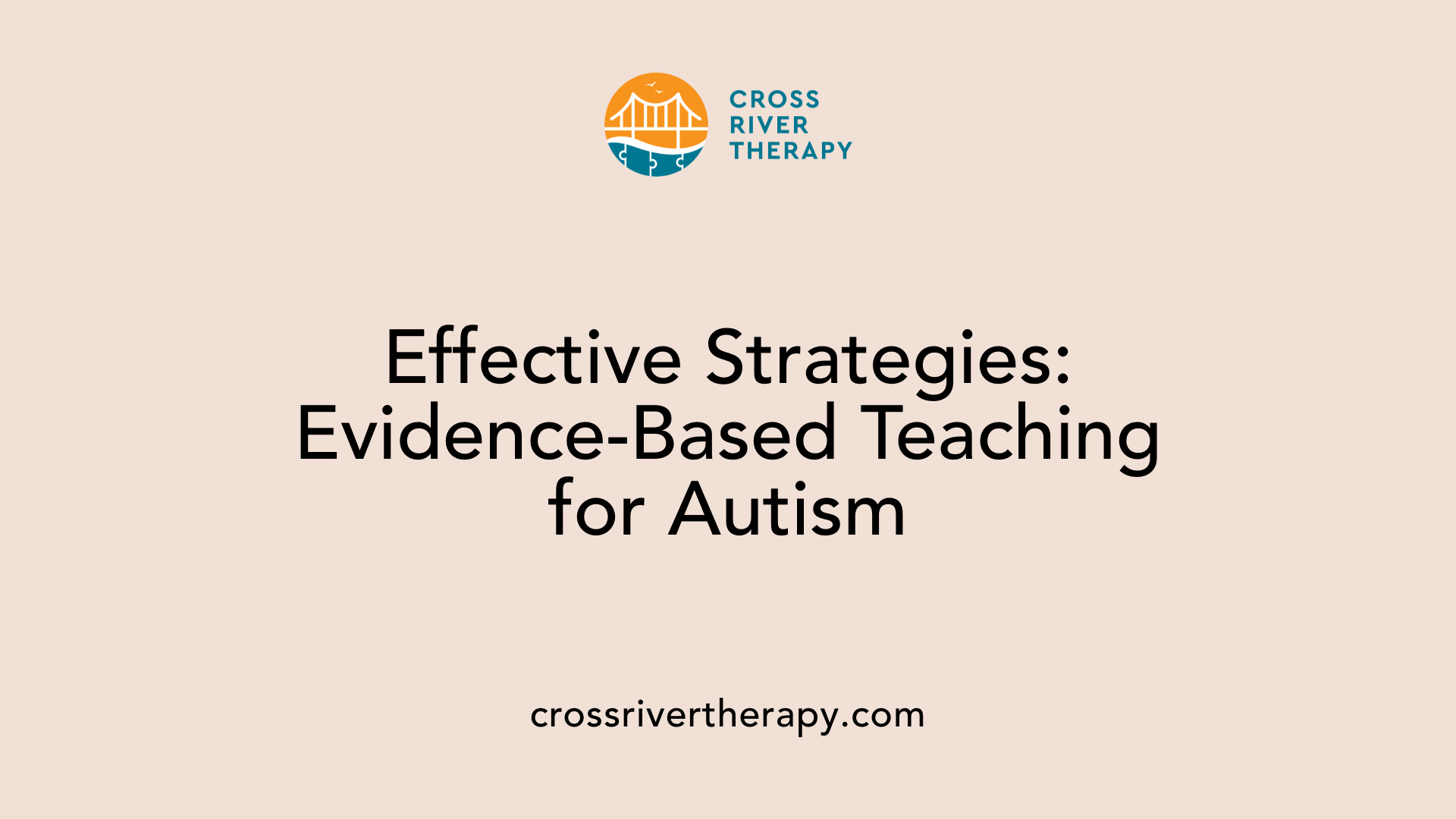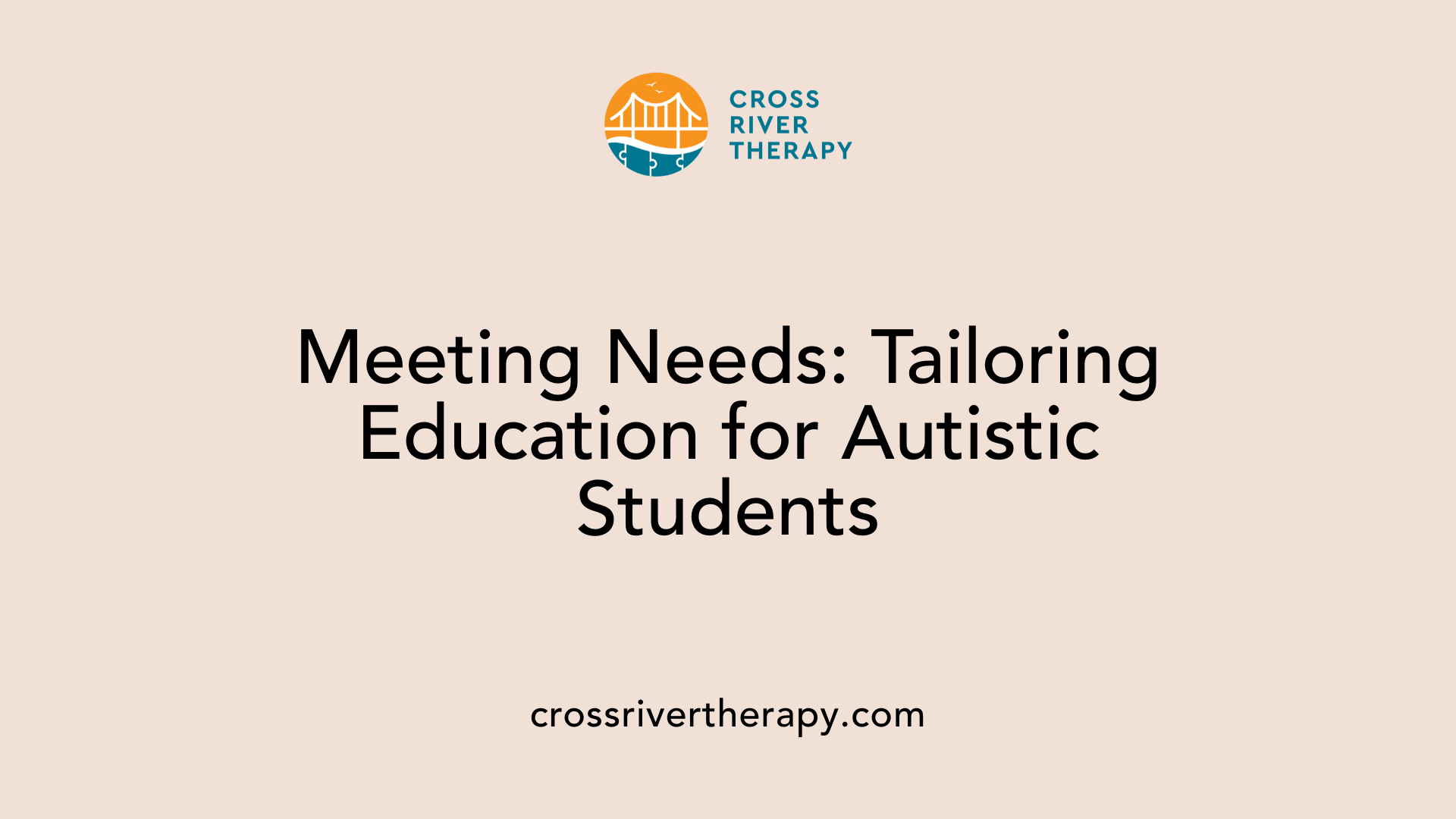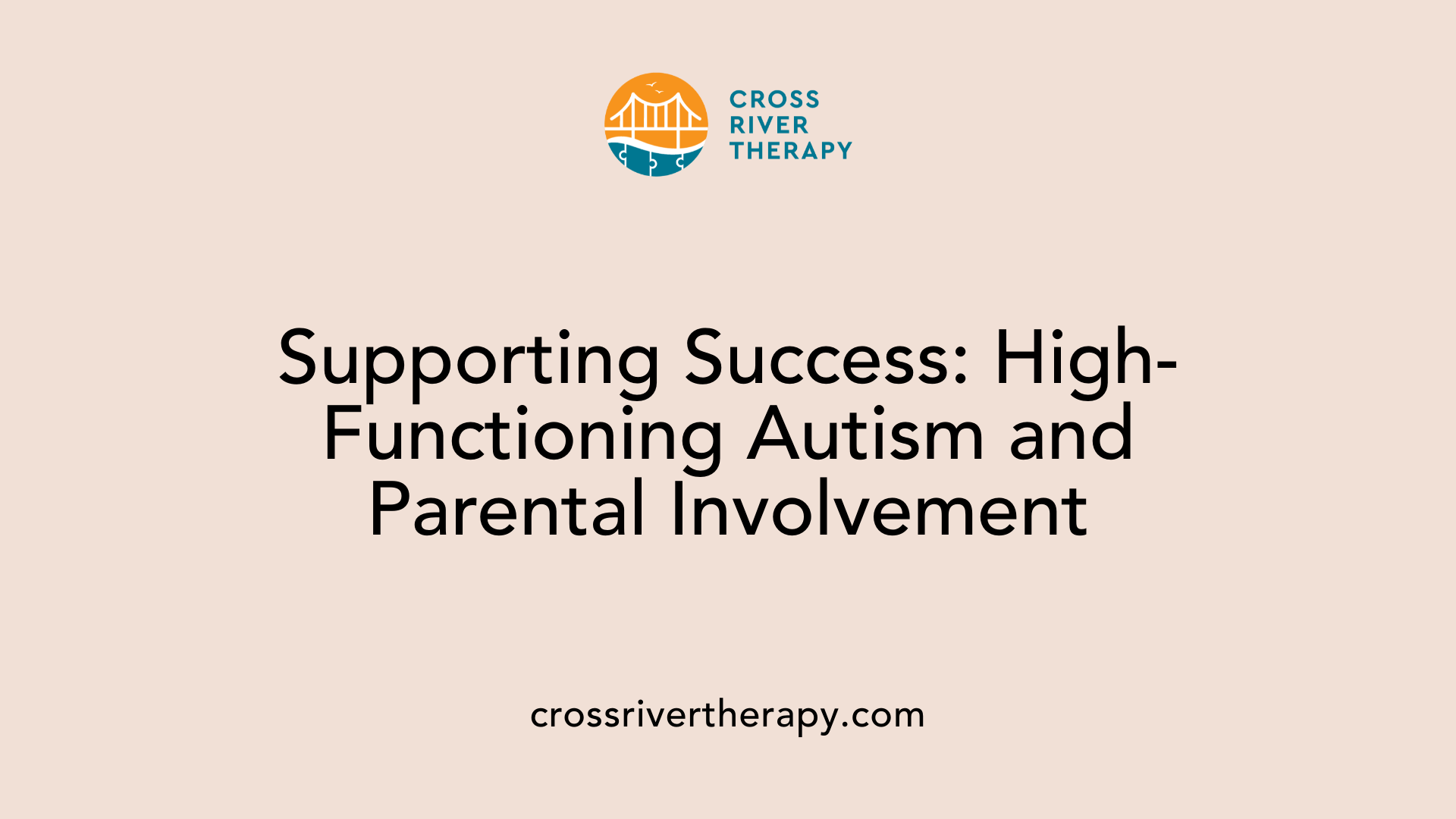Educational Support for Autism
Navigating Autism in Educational Settings: Comprehensive Insights and Strategies
Understanding Autism in the Classroom
Educating students with autism requires a thoughtful approach that acknowledges their unique needs while ensuring access to quality educational experiences. With the growing awareness of autism spectrum disorders, schools and educators are seeking effective ways to support children with autism. This guide explores key strategies, legal rights, and educational options available to parents and teachers working towards inclusive and supportive educational environments for autistic students.
Identifying Autism in Educational Environments

What are signs of autism in the classroom?
Signs of autism in the classroom can vary widely, but common indicators include challenges with social interactions, such as poor eye contact and difficulty maintaining conversations. Students may exhibit communication issues, including delayed speech or echolalic speech patterns, and may not respond to their names.
Behavioral signs often manifest as repetitive actions like hand-flapping, intense focus on specific interests, and resistance to changes in routine. These behaviors can be accompanied by sensory sensitivities to lights, sounds, and textures, leading to discomfort in typical classroom settings.
Understanding autism traits
A structured classroom environment is critical for autistic students. Visual supports such as schedules and written expectations can help clarity and understanding, accommodating for challenges in auditory processing and executive function.
Creating a calm and predictable atmosphere is also essential. This includes implementing a home base where students can retreat to regain focus, promoting wellbeing without stigmatizing them as a timeout area.
Customization in teaching strategies is necessary. This includes adapting assignments, utilizing assistive technology, and integrating students' interests into lesson plans, enhancing engagement and learning outcomes. Regular breaks, sensory-friendly furnishings, and supportive seating arrangements can further assist students, ensuring they access the curriculum effectively.
Understanding Educational Choices for Autistic Children

Educational Options for Autistic Children
There is a range of educational options available for children with autism, each tailored to meet specific needs and preferences. These include:
- Public Schools: Offer a free and appropriate public education (FAPE) and must provide accommodations and services under the Individuals with Disabilities Education Act (IDEA). Students receive support through an Individualized Education Program (IEP) which outlines goals, services, and necessary modifications to facilitate their learning.
- Private Schools: These schools may offer smaller class sizes and specialized approaches. However, they are not required by law to provide the same level of services as public schools, which might limit access to necessary resources.
- Homeschooling: Some parents choose to homeschool their autistic children for a more personalized learning experience. This setting allows for concrete control over the curriculum and pace, however, parents must ensure opportunities for social interaction are balanced to promote development.
Public vs Private Schooling
Public schools must consider the least restrictive environment, placing autistic students primarily in general education settings when possible. They provide a range of support services, including speech therapy and specialized teaching. Conversely, private schools may have specialized programs for autism, but parents need to evaluate whether the benefits of personalized attention outweigh the potential lack of comprehensive services mandated in public education.
Do I Have to Send My Autistic Child to School?
Whether you have to send your autistic child to school depends on your local laws and your child’s needs. Public schools are required to provide education tailored to students with autism through an IEP. However, if traditional schooling poses challenges, such as bullying or sensory overload, parents can explore private schooling or homeschooling as alternative educational solutions. Each approach should consider the unique strengths and challenges of the child.
Implementing Evidence-Based Teaching Strategies

What are effective evidence-based instructional strategies for students with autism?
Effective educational strategies for students with autism draw from research-supported practices tailored to their unique learning profiles. Here are several notable methods:
- Antecedent-Based Interventions (ABI): These strategies focus on modifying or manipulating the events that occur before a behavior, helping to prevent challenging behaviors before they arise.
- Direct Instruction: This structured approach emphasizes clear, explicit teaching methods and can effectively deliver academic content to students with autism, ensuring clarity and focus during lessons.
- Naturalistic Intervention: This approach emphasizes learning in everyday settings, encouraging students to acquire new skills through interactions in natural contexts.
How can environmental design support students with autism?
Implementing clear schedules, routines, and visual cues is crucial for creating a supportive classroom environment. For instance:
| Element | Description | Benefit |
|---|---|---|
| Visual Supports | Use of color-coded schedules and charts to outline expectations and routines. | Reduces anxiety and helps students to predict activities. |
| Structured Breaks | Scheduled breaks allow for sensory regulation and focus restoration. | Helps students manage overwhelming sensations and improve engagement. |
| Collaborative Opportunities | Pairing students with and without autism promotes social skills development. | Enhances peer relationships and encourages social interaction. |
Incorporating these strategies with fidelity, constantly adapting them to the specific needs of each student, can significantly uplift academic, social, and behavioral success for students on the autism spectrum.
Meeting the Educational Needs of Autistic Students

What are the educational needs for students with autism?
Students with autism have unique educational needs that require tailored approaches to support their learning effectively. A structured environment with established routines can significantly enhance their focus and ability to engage with the material.
Key Considerations for Effective Learning:
- Structured Environments: Implementing clear routines helps reduce anxiety and fosters a sense of security.
- Visual Supports: Using visual aids and color-coded schedules simplifies complex information and assists with understanding teachers' expectations.
- Interest-Based Learning: Incorporating students' interests into lessons enhances motivation and helps them connect with the material meaningfully.
- Sensory Considerations: Addressing sensory sensitivities through modifications like noise-cancelling headphones or calming corners can create a more conducive learning environment.
Additional Supports:
- Therapeutic Access: Providing therapies such as speech and occupational therapy supports communication and social skills development.
- Positive Behavioral Supports: Strategies like clear communication of rules, descriptive praise, and structured reinforcement promote appropriate behavior and increase engagement.
By recognizing these educational needs, schools can employ effective strategies that help autistic students thrive, ensuring they receive a well-rounded education.
Crafting Personalized Educational Approaches
What is the best educational approach for a child with autism?
The best educational approach for a child with autism is not one-size-fits-all. It involves a combination of tailored strategies that address the unique strengths and challenges each child faces.
Key strategies include:
- Adult-led teaching: Incorporating structured guidance from educators helps students gain clearer direction.
- Self-management techniques: Encouraging autonomy in learning fosters self-regulation and independence.
- Video modeling and social narratives: These tools can enhance social skills, offering visual representations of desired behaviors and interactions.
Over the past four decades, there has been a significant shift toward more naturalistic and inclusive educational approaches, ensuring that autistic children learn in environments that mimic real-life social situations. Legislation like the Individuals with Disabilities Education Improvement Act (IDEA) supports this transition by mandating tailored educational programs in the least restrictive environments, emphasizing the importance of inclusion in mainstream settings.
Moreover, the integration of technology-assisted instruction has become a vital aspect of programs for autistic children. Many students benefit from assistive technology, which can adapt lessons according to their individual learning styles and needs.
Creating personalized educational plans (IEPs) that outline specific accommodations and supports, along with collaborative efforts among parents, teachers, and specialists, can significantly impact each child's learning journey.
Role of supportive learning environments
Supportive learning environments play a crucial role in the academic success of students with autism. They can help reduce anxiety and create a space where these students feel safe to express themselves and engage with peers.
Key elements of supportive environments include:
- Visual supports: Tools like color-coded schedules enhance predictability and focus.
- Calm spaces or home bases: Designated areas allow students to retreat and regain control when overwhelmed.
- Sensory-friendly classrooms: Thoughtfully designed spaces accommodate sensory needs, minimizing distractions.
Such environments promote positive interactions and are linked to improved academic outcomes, helping integrate students with autism into diverse educational settings effectively.
Addressing School Refusal and Related Challenges
How can school refusal in high-functioning autism be addressed?
School refusal among students with high-functioning autism presents particular challenges that require a and compassionate approach. An effective way to confront this issue is to establish a consistent daily routine. A structured environment can help students feel secure, as predictability reduces anxiety and fosters a sense of control.
Engaging in open communication is also crucial. Encouraging children to express their feelings about attending school can reveal underlying anxieties that need to be addressed. Parents and educators should listen actively and validate these emotions without judgment.
Advocating for the child’s needs within the school system is essential. This may include negotiating accommodations such as sensory breaks or alternative assessment strategies that cater to their unique learning styles. These adjustments can make the school environment more conducive to learning and less overwhelming.
In many cases, professional assistance may be beneficial. Mental health specialists can provide focused support to tackle deeper issues, such as anxiety or depression, which often accompany school refusal.
Additionally, methods like the Embracing Autism Method can offer structured strategies that balance the child's needs with the expectations of their educational environment. This approach promotes understanding and acceptance within the school community, fostering an inclusive atmosphere that supports success.
More Information
For further assistance or strategies regarding school refusal in autistic students, resources can be found by searching for "School refusal strategies autism."
| Key Strategies | Purpose |
|---|---|
| Consistent Daily Routine | Reduces anxiety through predictability |
| Open Communication | Encourages expression of feelings |
| School Advocacy | Ensures necessary accommodations in place |
| Professional Help | Addresses mental health concerns |
| Embracing Autism Method | Balances advocacy with school expectations |
Classroom Modifications and Supports
What are 20 classroom modifications for students with autism?
To support students with autism, here are 20 effective classroom modifications:
Visual Schedules - These help reduce anxiety by providing a clear structure for the day.
Sensory Breaks - Designated calm areas for self-regulation activities facilitate necessary downtime.
Clear Communication - Use simple language alongside visual aids to convey instructions effectively.
Flexible Seating - Offering various seating options accommodates individual comfort and focus.
Social Stories - These narratives assist students in understanding and navigating social situations.
Visual Supports - Additional tools for interpretation can enhance comprehension of rules and expectations.
Small Group Instruction - Personalizes learning, allowing for tailored support to meet specific needs.
Assistive Technology - Tools like communication devices can increase engagement and participation.
Consistent Routines - Regularity in classroom activities provides predictability, helping students feel secure.
Task Analysis - Breaking tasks into manageable steps simplifies learning and encourages independence.
Collaboration with Parents - Ongoing communication ensures support aligns with home strategies.
Flexible Deadlines - Adjusting due dates can relieve pressure and promote comprehension.
Use of Visual Timers - Helps manage transitions between activities, aiding students in pacing themselves.
Token Economy Systems - Reinforcing positive behavior through rewards encourages compliance and motivation.
Structured Peer Interaction - Organized group activities enhance social skills and peer relationships.
Calming Corners - A dedicated area for students to regroup and self-soothe.
Behavioral Reminders - Visual or written reminders of expected behavior can enhance compliance.
Graphic Organizers - Aids in organizing thoughts during writing tasks, beneficial for expression.
Enhanced Teacher Training - Staff training focused on autism-specific strategies ensures effective support.
Promoting Choice - Allowing students to make choices in learning promotes agency and reduces anxiety.
Each modification contributes to creating a supportive and inclusive learning environment for students with autism.
Support Systems for High-Functioning Autism

How can high-functioning autism be best supported?
High-functioning autism (HFA) can thrive with targeted interventions that address unique challenges. Here’s how:
- Behavioral Interventions: Techniques like Applied Behavior Analysis (ABA) focus on reinforcing positive behaviors, which effectively enhances social skills and communication.
- Social Skills Training: Programs specifically designed to cultivate appropriate social interactions and peer relationships are crucial for individuals with HFA.
- Therapies: Speech and occupational therapies play vital roles in improving communication and daily living skills.
Importance of Parental Support and Involvement
Parental involvement is critical for the success of interventions in HFA. Support includes:
- Parent Training Programs: Educating parents on specific strategies can empower them to effectively assist their children.
- Collaboration with Educators: Maintaining open communication between parents and teachers ensures consistent support and understanding of each child's needs.
- Accommodating Sensory Needs: Understanding and accommodating sensory sensitivities can markedly enhance comfort and overall quality of life for those with HFA.
Empowering Students with Autism Through Education
The journey of educating autistic students is one that demands empathy, understanding, and innovative strategies. By leveraging individualized educational plans, fostering inclusive classroom environments, and utilizing strong support systems, we can create pathways for success for students on the autism spectrum. The collaboration among educators, parents, and autism professionals remains crucial as we strive for educational equity and improved outcomes for these remarkable learners.
References
- 8 Academic Supports for Autistic Students
- Autism in schools: Your child's rights
- Education | Autism Society
- Autism in the classroom: Strategies for success
- Classroom & learning accommodations for autistic students - xMinds
- 8 Types of Schools for Autistic Kids - Verywell Health
- Education for an Autistic Child: What are the Best Options?
- Education - National Autistic Society
- Kinney Center for Autism Education and Support



